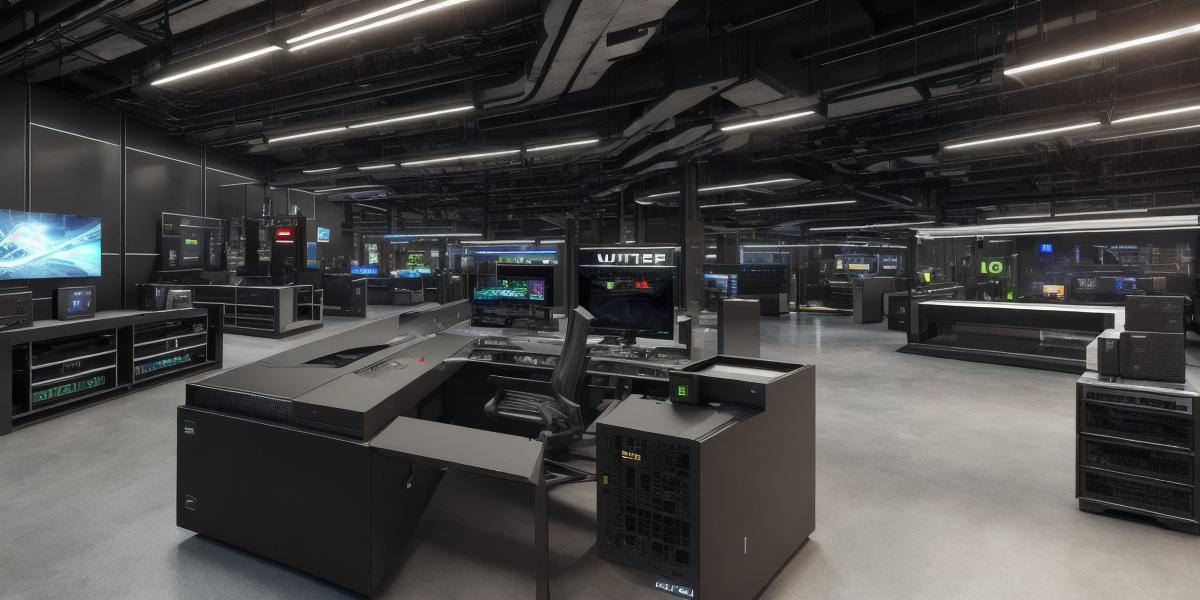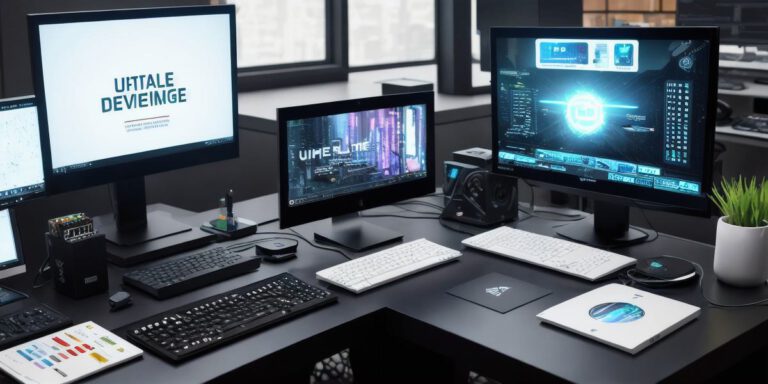Unreal Engine: Excelling in Real-Time Rendering and Interactive Experiences

If you’re a developer looking to create immersive, interactive experiences, Unreal Engine is the tool for you. But with so many features and capabilities, which dimension does it excel in? In this article, we’ll explore Unreal Engine’s strengths in real-time rendering and interactive experiences, and how it sets itself apart from other engines on the market.
Real-Time Rendering: A Core Strength of Unreal Engine
One of Unreal Engine’s most significant strengths is its ability to deliver stunning visual effects and real-time rendering capabilities. This is largely due to its use of advanced graphics technologies, such as physically-based rendering (PBR), which simulates the way light behaves in the real world. PBR allows for more realistic lighting and materials, resulting in a highly immersive experience for the user.
In addition, Unreal Engine supports a wide range of post-processing effects, such as depth of field, motion blur, and anti-aliasing, which help to further enhance the visual quality of the rendered output. These features make Unreal Engine well-suited for creating 3D content, video games, and virtual reality (VR) experiences.
Interactive Experiences: A Growing Area of Focus
While Unreal Engine has long been known for its real-time rendering capabilities, it is also making strides in the area of interactive experiences. With the rise of VR and augmented reality (AR), developers are increasingly looking for engines that can support these new technologies. Unreal Engine is well-positioned to meet this demand, with features such as Blueprints, a visual scripting tool that allows developers to create interactive elements without writing code, and its support for motion capture, which enables realistic character movement in VR environments.
In addition, Unreal Engine’s new Animation Graph system makes it easier than ever to create complex animations and interactions within the engine. This feature allows developers to create natural-looking character movements, as well as interactive elements such as buttons, sliders, and menus. With these tools at their disposal, developers can create highly engaging, interactive experiences that transport users into new worlds.
Comparing Unreal Engine to Other Engines on the Market
When it comes to real-time rendering and interactive experiences, Unreal Engine stands out from other engines on the market. For example, compared to Unity, a popular alternative, Unreal Engine’s PBR capabilities are more advanced, resulting in more realistic lighting and materials. In addition, Unreal Engine’s support for motion capture is more robust than Unity’s, allowing for more natural-looking character movements.
On the other hand, when it comes to ease of use, Unity is often considered the go-to choice for beginners. With its intuitive interface and extensive library of assets, Unity makes it easy for developers to create content quickly and efficiently. However, for more complex projects that require advanced graphics capabilities and real-time rendering, Unreal Engine is often the better choice.
FAQs: Common Questions about Unreal Engine
- What makes Unreal Engine stand out from other engines on the market?
Unreal Engine’s advanced graphics technologies and support for motion capture set it apart from other engines on the market. In addition, its Animation Graph system makes it easier to create complex animations and interactions within the engine. - Is Unreal Engine easy to use for beginners?
While Unreal Engine can be more complex than some other engines, it offers extensive documentation and resources to help beginners get started. In addition, there are many online tutorials and community








